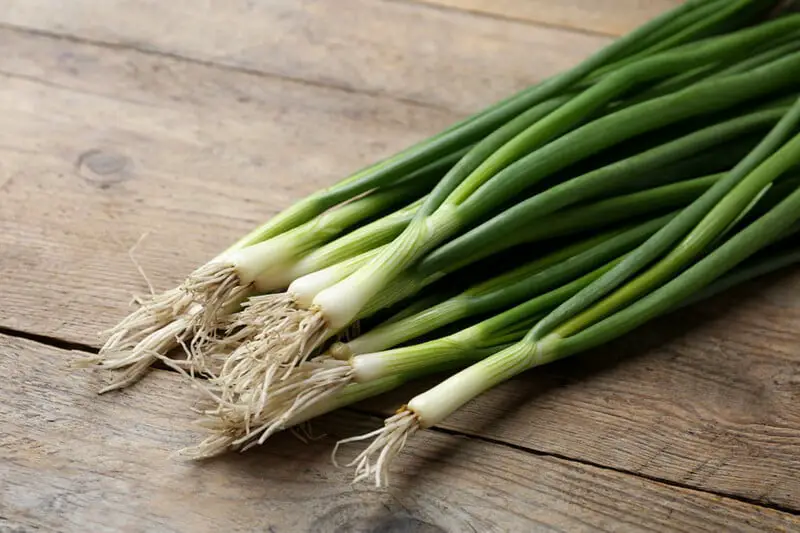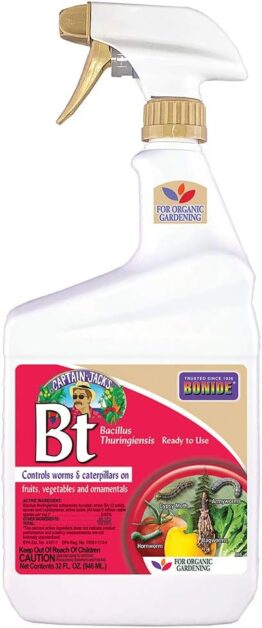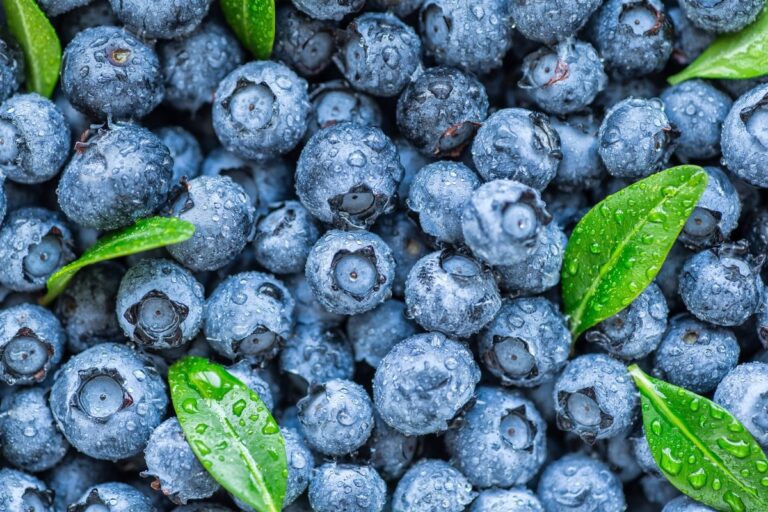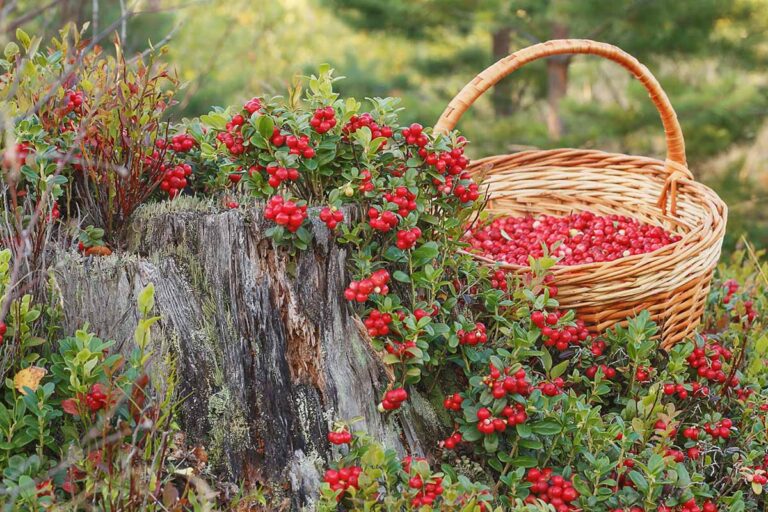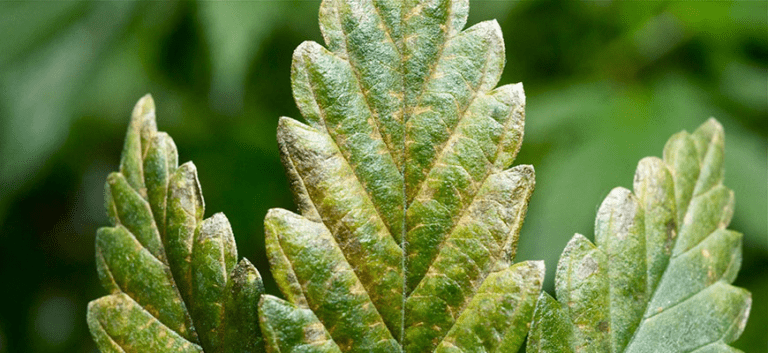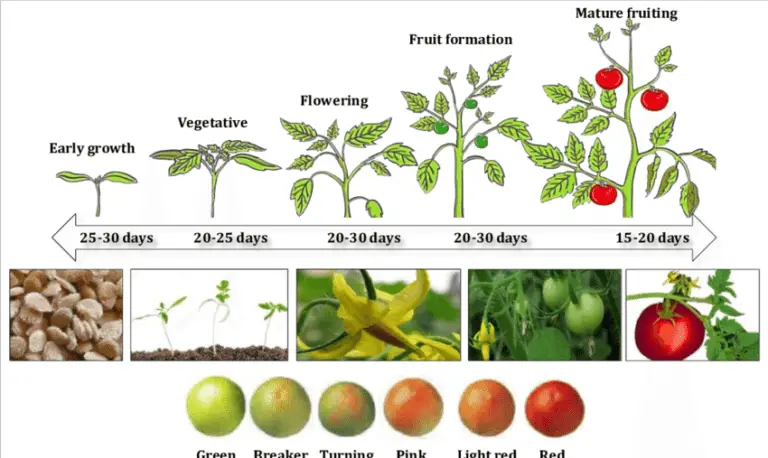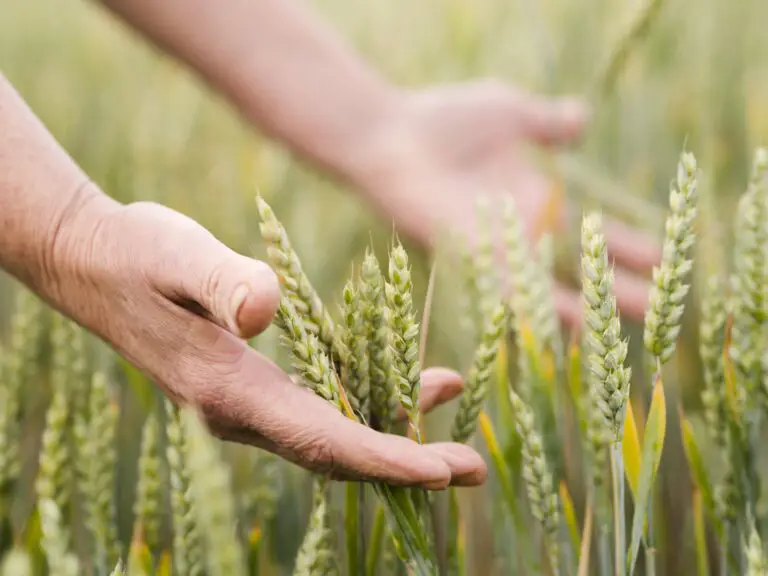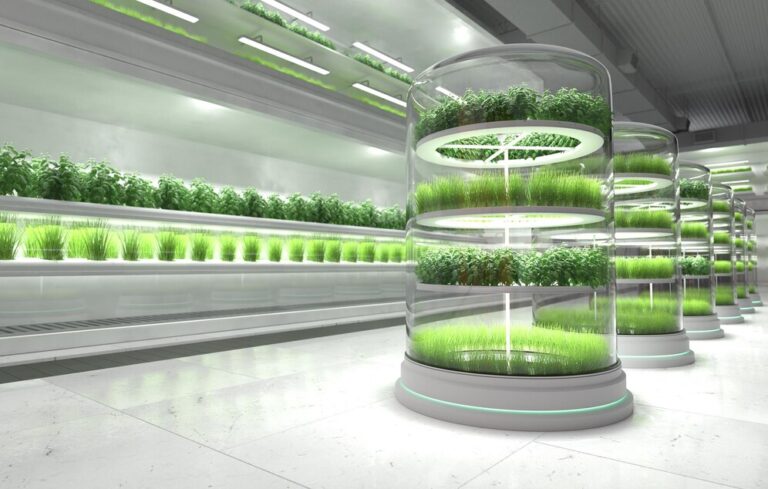Growing Green Onions or Scallions: A Culinary Essential
Are you ready to elevate your culinary creations with the fresh, zesty flavor of homegrown green onions or scallions? Did you know that these versatile alliums are not only easy to grow but also a staple in various cuisines around the world? Whether you’re a seasoned chef or a kitchen novice, growing green onions can add a burst of flavor and freshness to your dishes.
Join us on a flavorful journey through planting, growing, and caring for green onions as we share expert tips and tricks to help you cultivate this culinary essential successfully. Get ready to enhance your cooking experience with the vibrant taste of homegrown green onions. Let’s get planting and savor the delicious rewards!
Table of Contents
Watering and Fertilizing: Discover the proper watering and fertilizing techniques to ensure optimal growth and flavor in your green onions.
To ensure optimal growth and flavor in your green onions, proper watering and fertilizing techniques are essential.

Consistent moisture is essential for green onions.
Avoid overwatering to prevent root rot.
Water deeply once a week, allowing water to reach the root zone.
Monitor soil moisture using your finger or a moisture meter.
Incorporate organic matter (e.g., compost) into the soil before planting.
Regular fertilization every four to six weeks promotes growth and flavor development.
The following table explains about the proper watering and fertilizing techniques for green onions:
| Technique | Frequency | Quantity |
|---|---|---|
| 1. Watering | 1-2 times per week | 1 inch of water per watering |
| 2. Fertilizing | Every 2-3 weeks | 1-2 tablespoons of balanced fertilizer per square foot |
Note: These quantitative guidelines ensure optimal growth and flavor in green onions without excessive description. Adjust watering frequency and fertilizer quantity based on specific growing conditions and plant response.
- Choose a balanced fertilizer with equal parts nitrogen (N), phosphorus (P), and potassium (K) to promote healthy leaf and root growth.
- Apply the fertilizer according to the instructions on the packaging, ensuring even distribution and avoiding direct contact with the plant’s foliage.
- Monitoring the growth and overall health of your green onions will help you adjust your watering and fertilizing practices accordingly, leading to thriving plants with delectable flavor.
Harvesting at the Right Time: Learn the signs to look for when determining the perfect time to harvest your green onions.
Green onions, also known as scallions, are a versatile and flavorful addition to any dish. Harvesting them at the right time is crucial to ensure optimal flavor and quality. So, how can you determine when it’s the perfect time to harvest your green onions?

- Size of Green Onion Bulbs: Look for bulbs with a diameter of approximately one inch, indicating maturity and readiness for harvest. Note that size may vary depending on the onion variety.
- Appearance of Leaves: Optimal harvest time is indicated by firm, upright leaves in a vibrant green hue. Wilting or yellowing leaves signal deterioration and prompt harvesting is advised.
- Freshness Indicator: Crisp, fresh leaves signify high-quality green onions, ensuring a flavorful and enjoyable harvest.
The following table explains about the signs for determining the perfect time to harvest green onions:
| Signs to Look For | Quantitative Value |
|---|---|
| 1. Bulb Size | – Diameter: 1.5 – 2 inches |
| 2. Leaf Length | – Length: 8 – 12 inches |
| 3. Firmness of Bulbs | – Bulbs should feel firm and plump to the touch |
| 4. Visible White Base | – White portion at the base should be well-defined |
| 5. Outer Leaf Color | – Outer leaves turn yellowish-brown |
Note: These quantitative indicators help determine the optimal harvest time for green onions. Growers should monitor these signs closely to ensure the best quality and flavor.
By observing these signs and taking the time to carefully inspect your green onions, you can ensure that you are harvesting them at the right time, resulting in the best flavor and quality for your culinary endeavors.
Proper Storage: Find out the best methods for storing fresh green onions to maintain their flavor and texture for longer.
Storing fresh green onions properly is essential to maintain their flavor and texture for longer. By following the best storage methods, you can extend the shelf life of green onions and enjoy their freshness in various culinary preparations.
:max_bytes(150000):strip_icc()/how-to-store-and-regrow-green-onions-getty-0923-3cba0aea5fd147769911226fc4d1586e.jpg)
- Damp Paper Towel Method:
- Wrap green onions loosely in a damp paper towel.
- Place them in a plastic bag.
- Moisture from the towel keeps onions crisp, and the bag prevents drying out.
- Useful for short-term storage (a few days).
- Water-Filled Container Method:
- Trim onion roots.
- Place green onions in a glass jar or vase.
- Ensure water covers the roots entirely.
- Change the water every few days.
- Allows onions to draw water and nutrients for extended freshness.
Proper storage techniques are vital for preserving the flavor and texture of green onions. Whether you choose to wrap them in a damp paper towel or store them in a water-filled container, these methods will help ensure that your green onions stay fresh and delicious for longer periods, ready to enhance your dishes with their distinct flavor and vibrant color.
Propagation Methods: Explore alternative methods of growing green onions, such as regrowing them from scraps or using hydroponics.
Regrowing green onions from scraps is an easy and cost-effective way to ensure a continuous supply of these flavorful and versatile vegetables. Instead of tossing out the root ends of green onions, you can simply place them in a glass or jar with a small amount of water.
- Leave a Few Inches Exposed: Ensure a portion of the green tops is above the water line when regrowing green onions in water. Within a week, new roots will emerge from the bottom of the onion, indicating readiness for transfer.
- Transfer to Pot or Garden: Once roots develop, transplant the regrowing onions into a pot or directly into your garden soil. This method minimizes waste, saves money, and allows for year-round enjoyment of fresh green onions.
- Hydroponic Growing: Consider hydroponics as an alternative method for growing green onions. Hydroponic systems use nutrient-rich water solutions instead of soil, providing controlled environment for faster growth and higher yields.
- Variety of Systems: Choose from systems like nutrient film technique (NFT), deep water culture (DWC), or vertical aeroponics for growing green onions hydroponically. These setups are ideal for urban gardeners or those with limited outdoor space.
- Benefits of Hydroponics: Hydroponically grown green onions can be more productive and nutritious than traditional soil-grown ones with proper maintenance and nutrient management. This method offers increased control over growing conditions and year-round cultivation possibilities.
“Regrow Your Veggies: Growing Vegetables from Roots, Cuttings, and Scraps” offers an accessible and practical approach to sustainable gardening. As someone who has explored regrowing vegetables from scraps, particularly green onions or scallions, this book proved invaluable. The step-by-step instructions provided clear guidance on selecting, preparing, and caring for regrown vegetables, ensuring successful outcomes even for beginners like myself.
By utilizing various regrowing methods outlined in the book, such as water propagation and soil planting, I was able to cultivate a fresh supply of green onions from kitchen scraps, reducing food waste and promoting environmental sustainability. Overall, “Regrow Your Veggies” serves as an inspiring resource for anyone interested in embracing self-sufficiency and reducing their ecological footprint through DIY gardening projects.
However, I found that the book occasionally lacked in-depth information on troubleshooting issues or exploring advanced regrowing techniques. Additionally, the absence of visual aids or illustrations may limit comprehension, especially for visual learners. Despite these minor drawbacks, the book’s emphasis on sustainability and practical tips make it a valuable addition to any gardener’s library.
Whether you’re a novice or experienced gardener, “Regrow Your Veggies” offers empowering insights and techniques to transform kitchen scraps into thriving vegetable gardens, fostering a deeper connection with nature and promoting a greener lifestyle.
- Comprehensive Guide: Offers detailed instructions on regrowing various vegetables from kitchen scraps, including green onions, catering to beginners and experienced gardeners alike.
- Sustainability Focus: Encourages sustainable gardening practices by utilizing kitchen scraps to grow fresh produce, reducing food waste and promoting environmental consciousness.
- Practical Tips: Provides practical tips and techniques for selecting, preparing, and caring for regrown vegetables, ensuring successful outcomes for gardeners.
- Versatile Methods: Covers multiple regrowing methods such as water propagation, soil planting, and hydroponics, offering flexibility to readers based on their gardening preferences and resources.
- Inspirational Content: Inspires readers to embrace self-sufficiency and DIY gardening projects, empowering them to take control of their food production and cultivate a deeper connection with nature.
- Limited Focus: While comprehensive, the book may not delve deeply into specific topics such as troubleshooting issues or advanced regrowing techniques for experienced gardeners seeking more in-depth information.
- Lack of Visuals: Some readers may find the absence of visual aids or illustrations limiting, as visual references can enhance comprehension, especially for beginners.
- Repetitive Content: Certain regrowing techniques and tips may be repeated throughout the book, leading to potential redundancy for readers seeking diverse content.
- Availability: Availability of the book may vary depending on location and stock availability, potentially limiting access for some readers.
- Price: Depending on individual budget constraints, the price of the book may be considered relatively high compared to other gardening resources available.
Companion Planting: Discover which plants thrive alongside green onions and how they can benefit each other in the garden.
Companion planting is a strategic gardening technique that involves planting different types of plants in close proximity to benefit each other and enhance overall garden health. When it comes to green onions, there are several plants that thrive alongside them and can contribute to their well-being in the garden.

- Lettuce:
- Ideal companion due to similar growing requirements.
- Lettuce provides shade cover for soil, retaining moisture and preventing weeds.
- Green onion foliage protects tender lettuce leaves from sun.
- Carrots (Three Sisters Planting):
- This combination is often referred to as a classic “Three Sisters” planting, which also includes corn and beans.
- Carrots and green onions have different root depths.
- Reduced competition for nutrients and moisture.
- Green onion smell deters carrot flies, acting as natural pest control.
The following table explains about the companion plants for green onions:
| Companion Plant | Benefits to Green Onions | Benefits to Companion Plant |
|---|---|---|
| 1. Carrots | – Deters onion fly and carrot rust fly. | – Carrots enhance soil structure. |
| – Shades soil, reducing weed growth. | – Green onions repel carrot fly. | |
| 2. Lettuce | – Provides ground cover, reducing evaporation. | – Green onions deter pests like aphids. |
| – Shade from lettuce leaves protects green onions. | – Lettuce benefits from onion fly deterrence. | |
| 3. Tomatoes | – Green onions repel aphids, which also attack tomatoes. | – Tomatoes provide shade, reducing soil temperature. |
| – Companion planting discourages soil-borne diseases. | – Tomatoes benefit from onion fly deterrence. | |
| 4. Spinach | – Spinach shades soil, reducing moisture loss. | – Green onions repel pests like aphids. |
| – Green onions deter pests that attack spinach. | – Spinach provides ground cover and helps retain moisture. |
Note: The quantitative values represent the specific benefits each companion plant provides to green onions and vice versa in the garden. These interactions promote healthier growth and pest control in both crops.
By strategically choosing companion plants for your green onions, you can create a thriving and harmonious garden ecosystem. The combinations of lettuce, carrots, and other compatible plants can improve overall soil health, deter pests, and maximize the yield and flavor of your green onions. Experiment with different companion plants to find what works best for your garden and enjoy the rewards of a bountiful and vibrant green onion harvest.
Pests and Diseases: Learn about common pests and diseases that can affect green onions and how to control them
Green onions are generally resilient plants, but like any other crop, they are susceptible to certain pests and diseases that can hinder their growth and compromise their flavor.
The following table explains about the common pests and diseases of green onions:
| Issue | Symptoms | Treatment | Effect on Plant |
|---|---|---|---|
| Pests | |||
| Thrips | Stunted growth, yellowing leaves, distorted flowers. | Remove affected leaves. Spray with insecticidal soap or neem oil every 7-14 days. | Prevents healthy growth. |
| Onion Maggots | Wilting, yellowing leaves due to larvae feeding on roots. | Cover plants with row covers. Apply diatomaceous earth around base to deter maggots. | Damages root system and overall plant health. |
| Cutworms | Wilting and death of young plant stems. | Place cardboard collar around base to prevent climbing. Use Bacillus thuringiensis (BT). | Causes stem damage and plant death. |
| Aphids | Stunted growth, yellowing leaves. | Spray with strong water jet. Use insecticidal soap or neem oil. | Sap-sucking weakens plant and affects overall health. |
| Diseases | |||
| Plant Rust | Rust-colored spots on leaves. | Apply fungicides. | Affects leaf health and photosynthesis. |
| Mold | Fuzzy growth on leaves. | Improve air circulation. Use fungicides. | Reduces plant vigor and overall health. |
| Wilt | Drooping, wilting leaves. | Improve soil conditions, add fertilizer. | Hinders growth and nutrient uptake. |
| Damping-off | Seedling rot due to poor germination conditions. | Improve soil and lighting conditions. | Affects seedling establishment. |
| Leaf Blight | Brown spots on leaves. | Use fungicides. | Impairs leaf function and appearance. |
| Basal Rot | Rotting at base of plant. | Use fungicides. Remove infected plants. | Damages bulb and spreads to nearby plants. |
| Smut | Rare fungal issue. | Apply fungicides. | Affects overall plant health. |
| Purple Blotch | Purple spots on leaves. | Use conventional fungicides. | Reduces leaf function and appearance. |
| Bulb Rot | Rotting of bulbs. | Remove infected plants. | Lowers onion yields and affects storage quality. |
| Yellow Dwarf | Viral disease. | No treatment. Remove infested plants. | Stunts growth and affects bulb development. |
Remember to monitor your green onions regularly and take appropriate measures to prevent or address these issues.
Being aware of these common pests and diseases and implementing the appropriate preventive measures can go a long way in maintaining the health and vitality of your green onions. In the next section, we will explore various methods to tackle these pests and diseases effectively, ensuring your onions thrive and provide the delightful flavors you desire.
Using Bonide Captain Jack’s Deadbug Brew in my garden has been a game-changer in pest control. Its organic formulation, containing Bacillus thuringiensis, effectively targets caterpillars and other harmful pests, ensuring the health and vitality of my plants without the use of harsh chemicals. I appreciated its versatility, as it can be safely applied to various types of plants, including vegetables, fruits, ornamentals, and trees, providing broad-spectrum protection against caterpillar infestations.
However, I found that while it effectively controls caterpillars, it may have limited efficacy against other pests, necessitating the use of additional pest control measures for comprehensive garden protection. Additionally, the price of Bonide Captain Jack’s Deadbug Brew may be a consideration for some gardeners, as it’s relatively higher compared to other pest control products on the market. Despite these minor drawbacks, its organic nature, ease of use, and residual effect make it a valuable tool in maintaining a healthy and thriving garden.
✅ Organic and Safe: Formulated with natural ingredients, this spray is safe for use around pets, wildlife, and beneficial insects, making it an eco-friendly pest control option for organic gardening.
✅ Versatile Application: Suitable for use on a variety of plants, including vegetables, fruits, ornamentals, and trees, providing broad-spectrum protection against caterpillar infestations.
✅ Easy to Use: Comes in a convenient spray bottle for effortless application, allowing gardeners to target affected areas directly and efficiently.
✅ Residual Effect: Offers long-lasting protection against caterpillars, preventing further damage to plants and promoting healthier growth.
❌ Potential Harm to Non-Target Species: While generally safe for beneficial insects, there is a slight risk of Bacillus thuringiensis affecting non-target species, such as butterfly larvae, if not applied judiciously.
❌ Availability: Availability of the product may vary depending on location and stock availability, potentially limiting access for some gardeners.
❌ Price: Depending on individual budget constraints, the price of Bonide Captain Jack’s Deadbug Brew may be considered relatively high compared to other pest control products on the market.
❌ Application Caution: As with any pesticide, it’s essential to follow application instructions carefully to minimize potential risks and ensure optimal effectiveness while protecting the environment.
Watch video for more infromation:
FAQ
What are some common pests that can affect green onions?
Common pests that can affect green onions include onion flies, thrips, and aphids.
How can I identify if my green onions are affected by pests?
Look for signs such as wilting leaves, holes in the foliage, or discolored spots on the leaves. You may also notice the presence of insects or larvae on the plants.
What is the best way to control pests on green onions?
To control pests on green onions, you can try using insecticidal soap or neem oil spray. Additionally, practicing good garden hygiene by removing any infested plants or debris can help prevent the spread of pests.
What are some common diseases that can affect green onions?
Common diseases that can affect green onions include downy mildew, leaf blight, and pink root disease.
How can I prevent diseases from affecting my green onions?
To prevent diseases, it is important to practice crop rotation, avoid overwatering, and ensure proper spacing between plants for adequate airflow. Using disease-resistant varieties and maintaining a clean garden are also helpful preventive measures.
Can I use organic methods to control diseases on green onions?
Yes, organic methods such as applying compost or using bio-fungicides can help control diseases on green onions. It is important to follow the instructions on the product label for proper application.
What are the signs that indicate my green onions are ready for harvest?
Look for green onions with a diameter of about 1/2 inch to 3/4 inch. The tops should be tall and upright, and the bulbs should be firm and well-developed. The leaves should also be vibrant green and healthy-looking.
How should I store fresh green onions to maintain their flavor and texture?
To store fresh green onions, you can wrap them in a damp paper towel and place them in a plastic bag in the refrigerator. Alternatively, you can store them upright in a glass of water, changing the water every few days.
Can I regrow green onions from scraps?
Yes, you can regrow green onions from scraps. Simply place the root end of the green onion in a jar of water and place it in a sunny location. Change the water every few days and watch as new green shoots emerge.
Are there any plants that can be grown alongside green onions to benefit each other?
Yes, green onions can be grown alongside carrots, lettuce, and tomatoes. These plants can help deter pests and provide shade or support for the green onions.

Studied Agricultural Engineering-Plant Protection at University of California, Davis.
Head of Content writing team at Southelmontehydroponics.com

